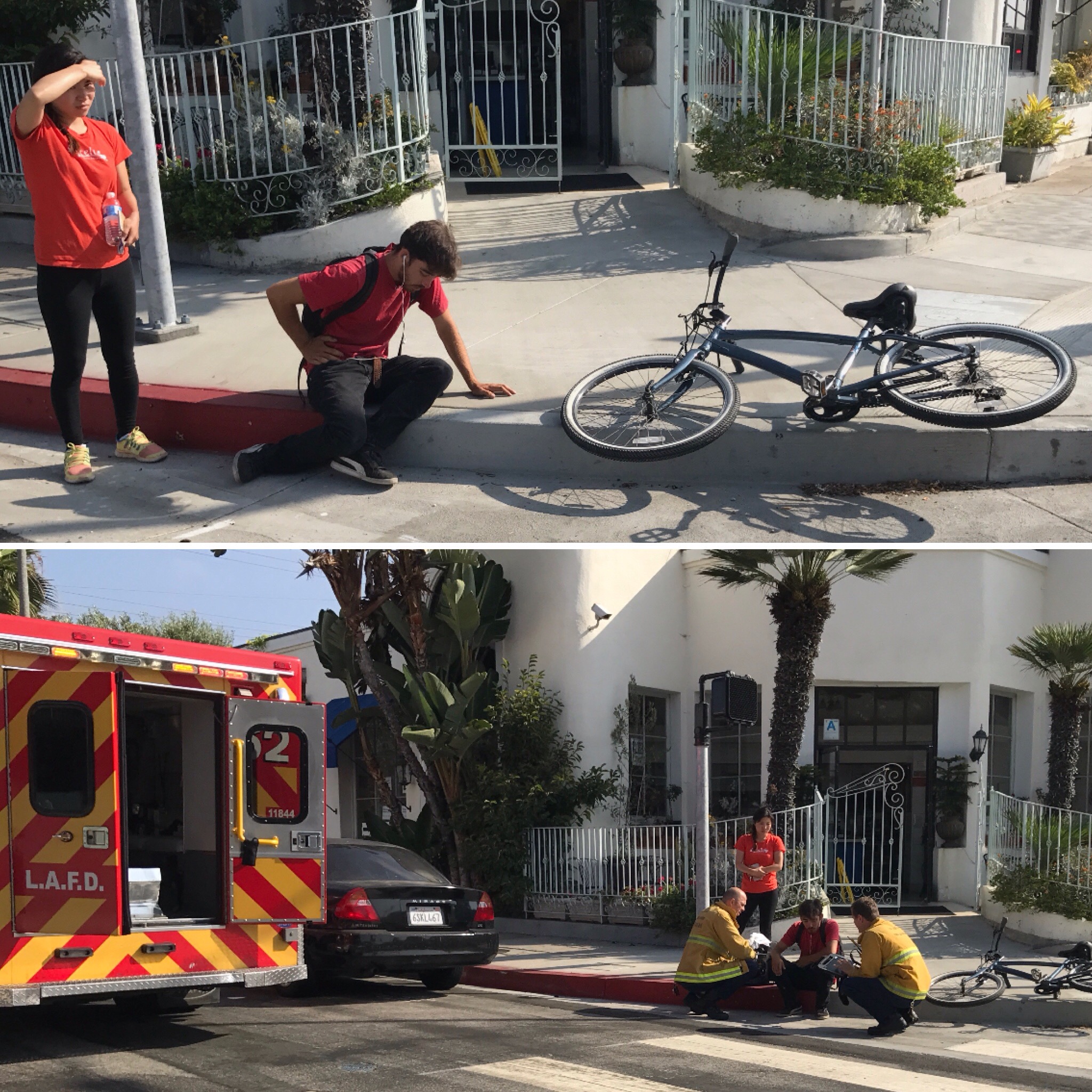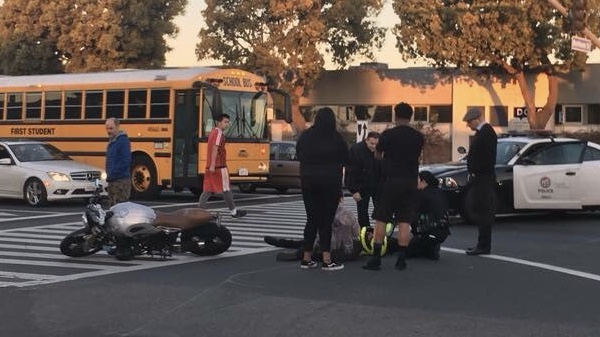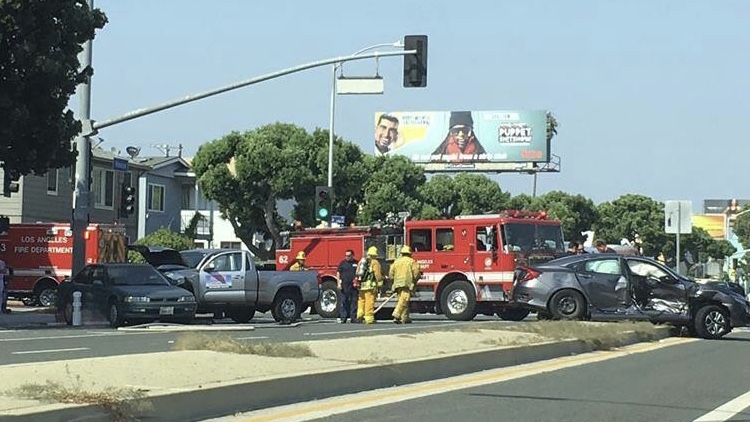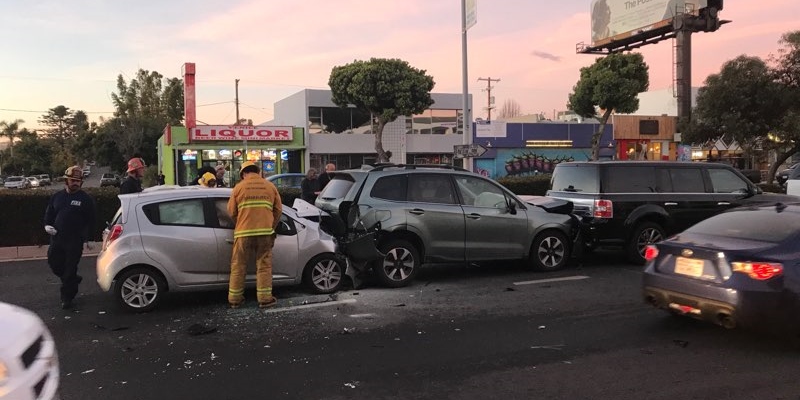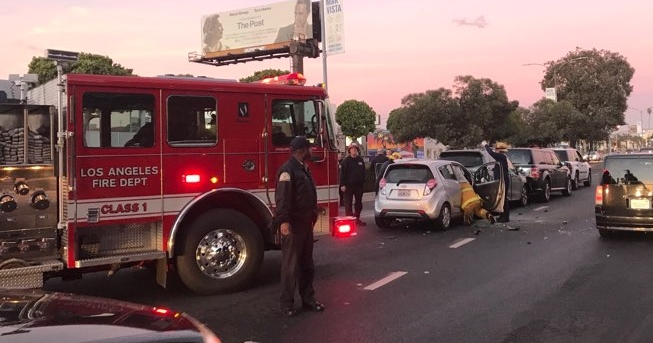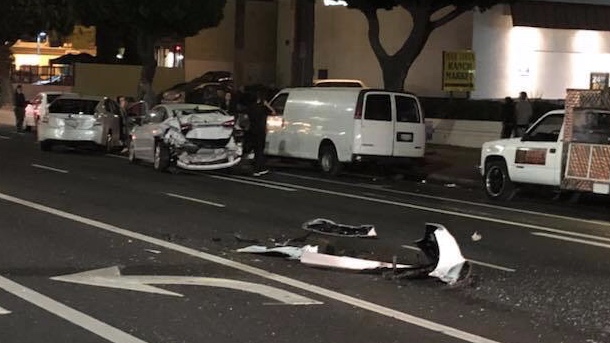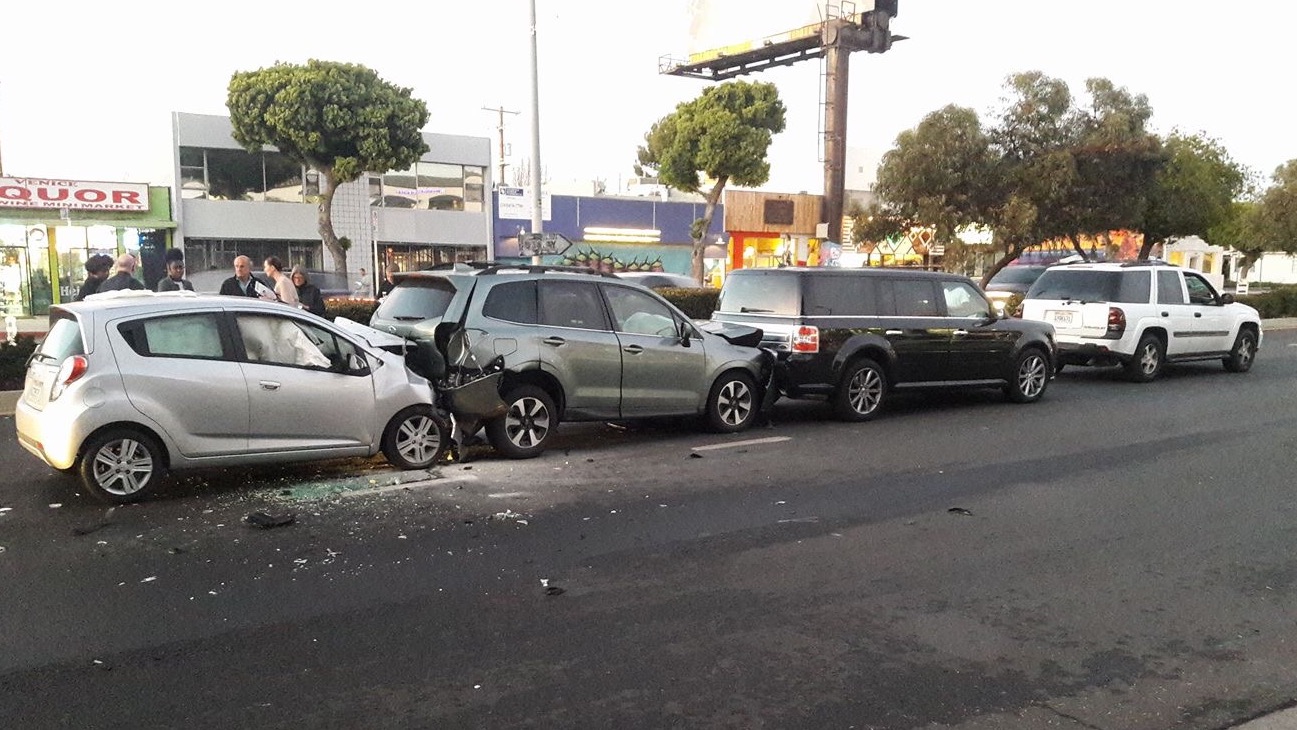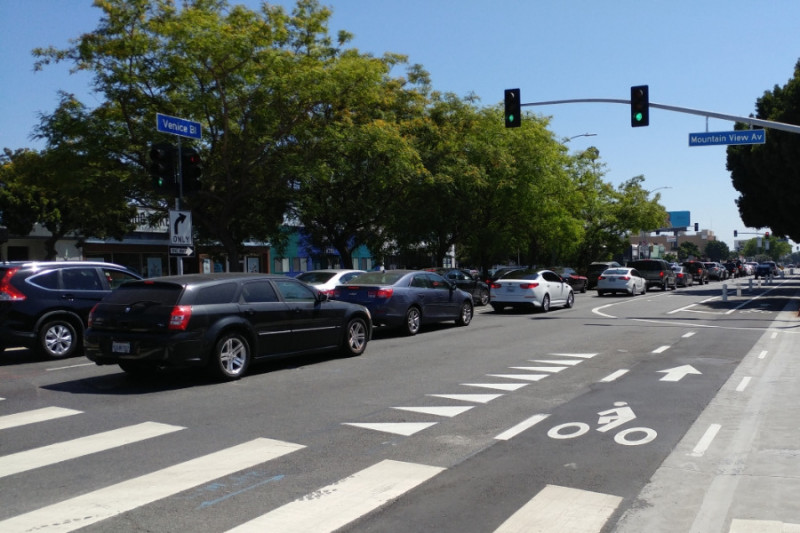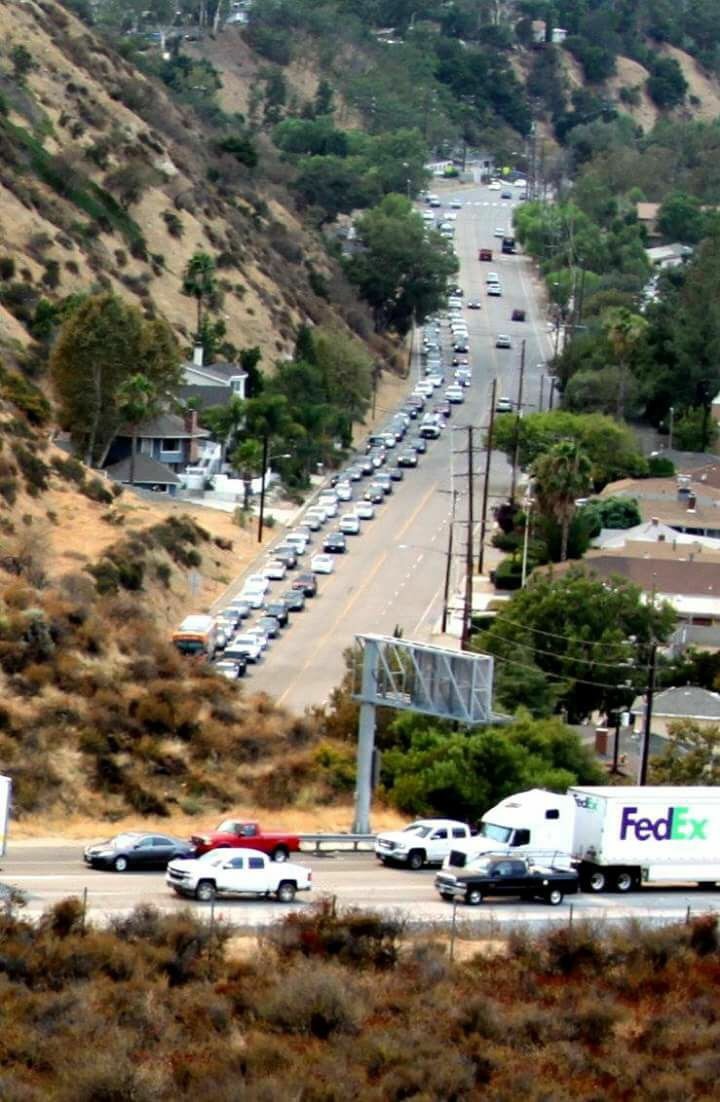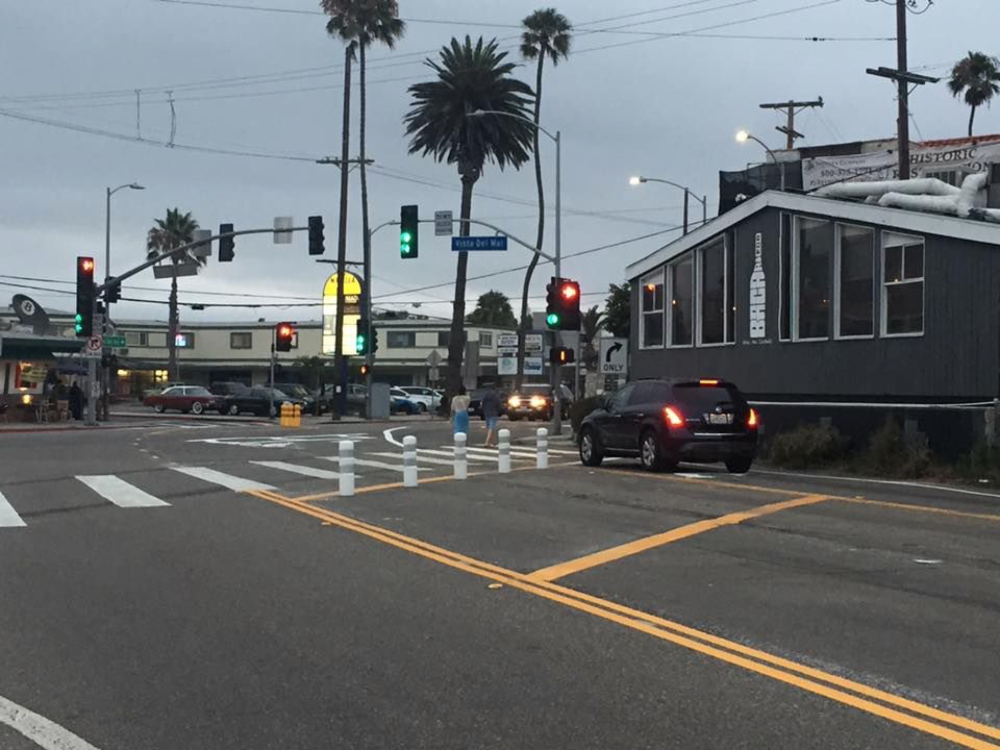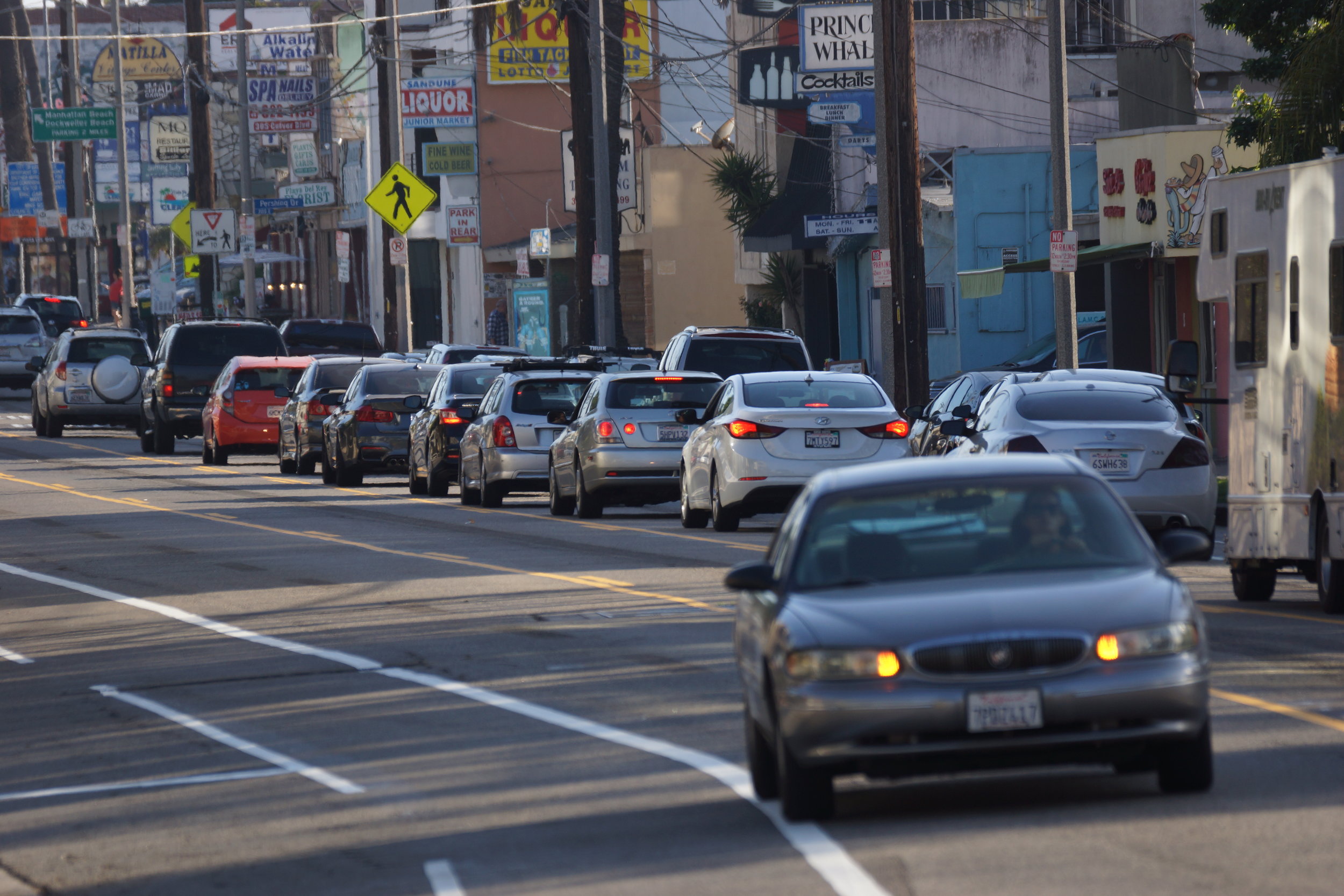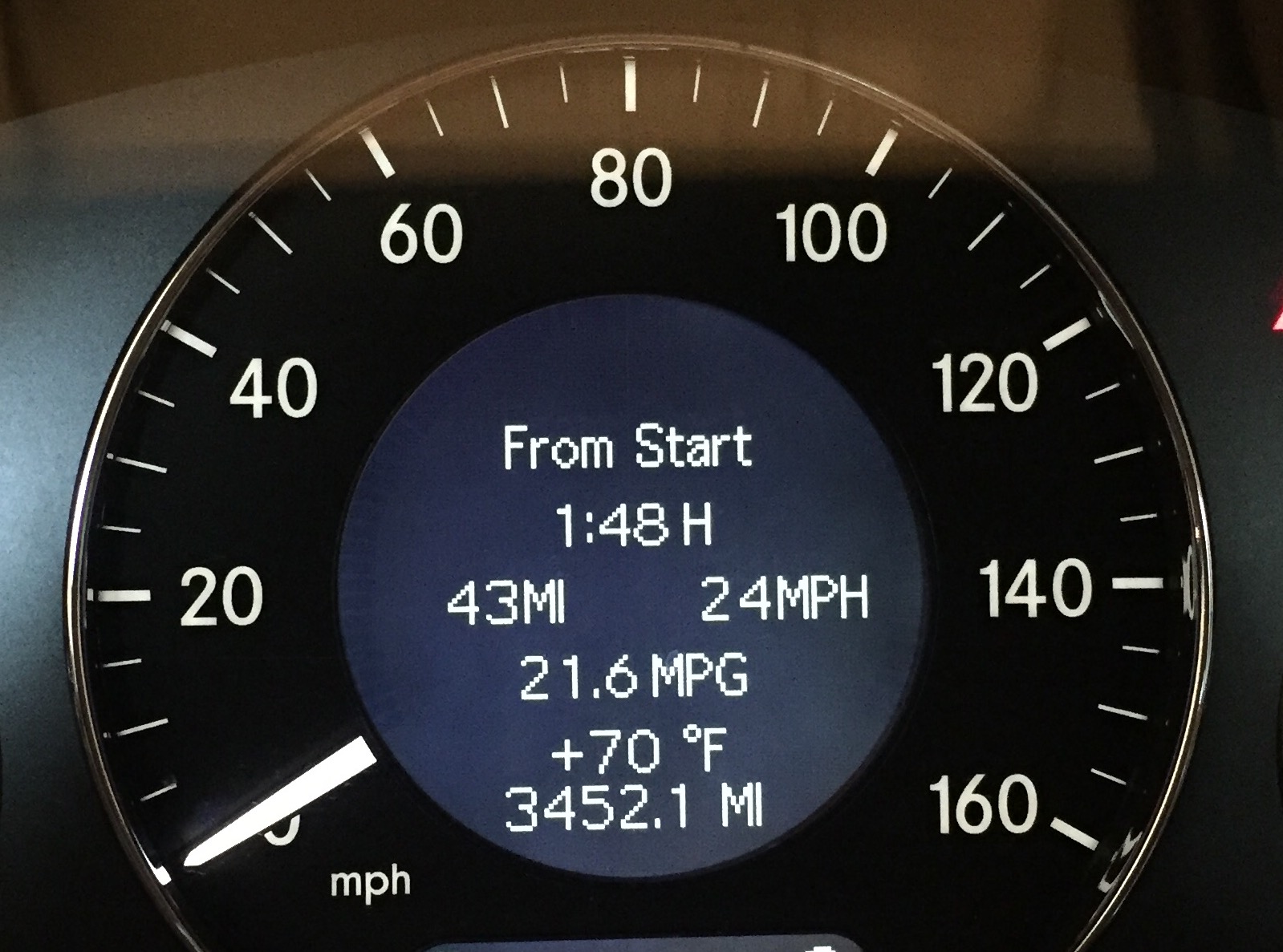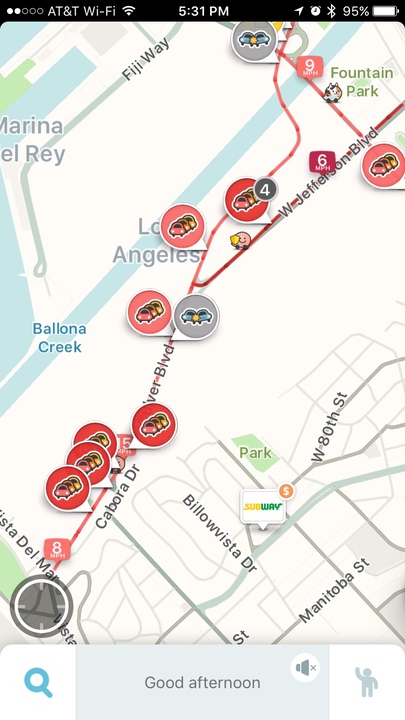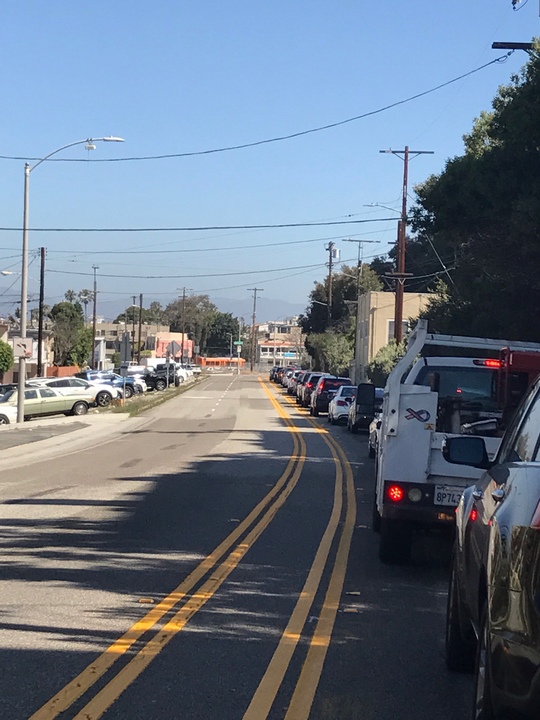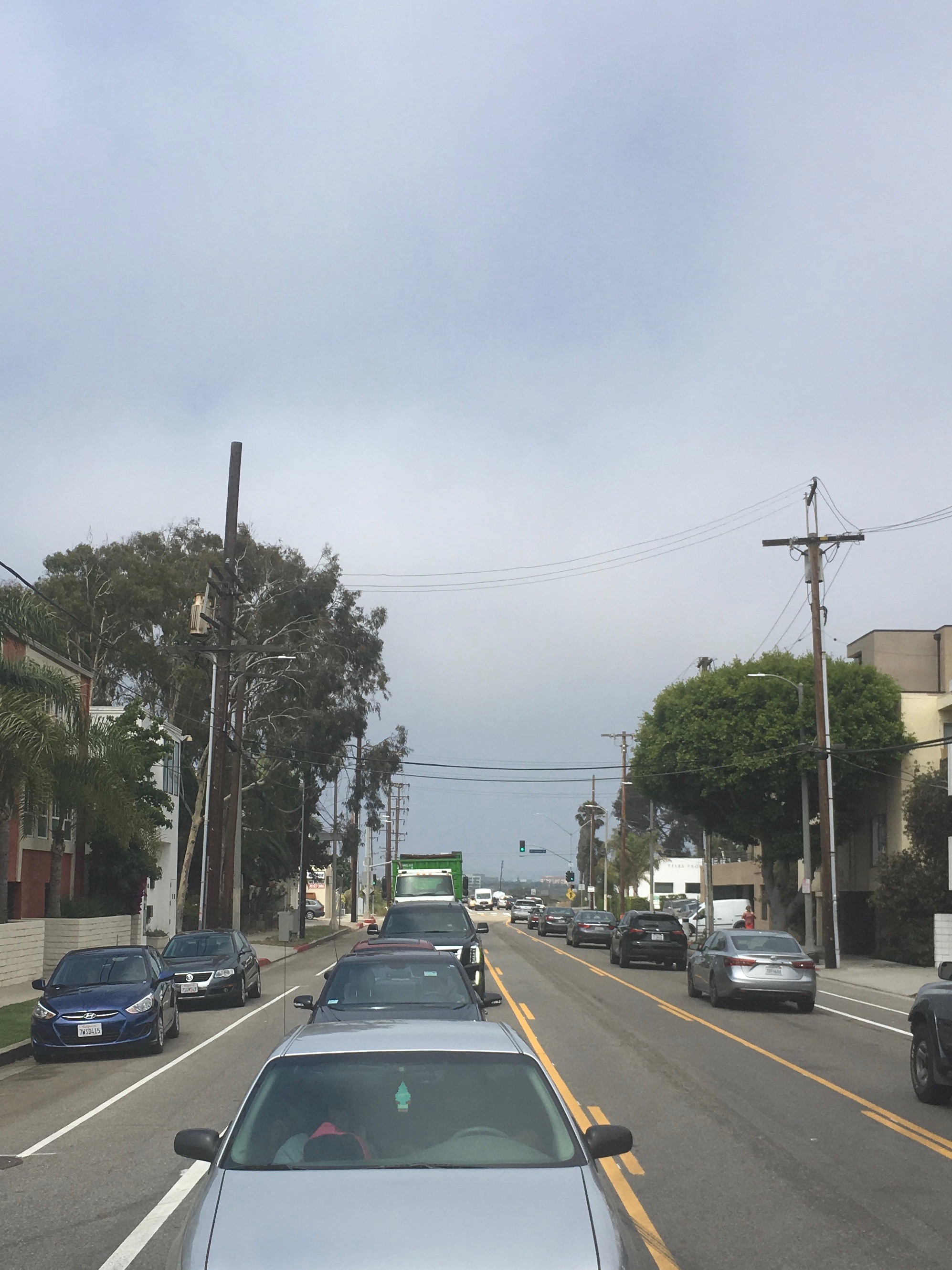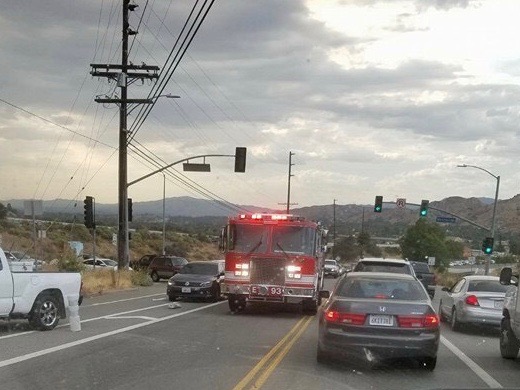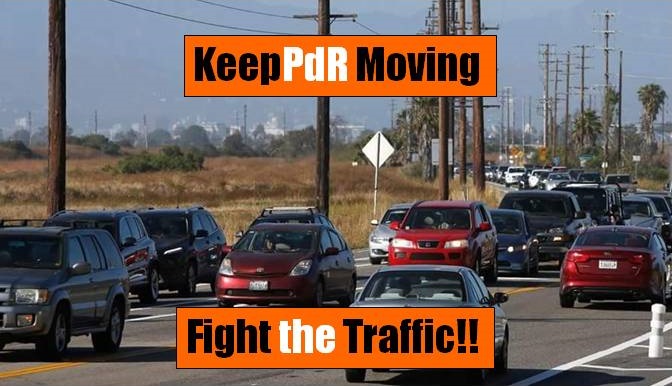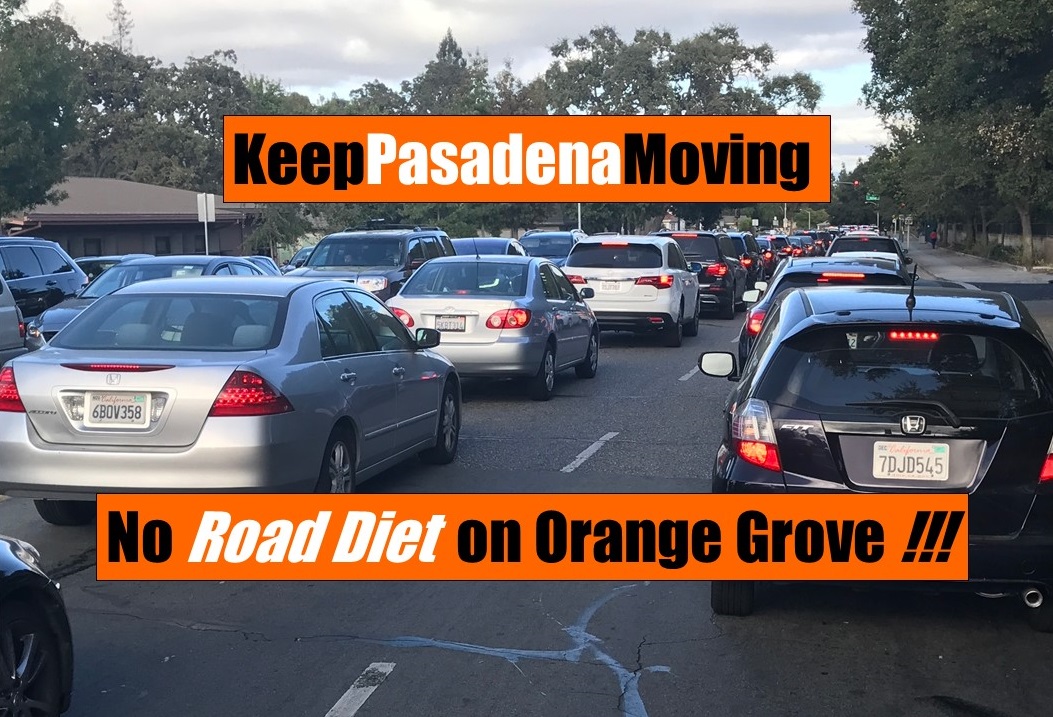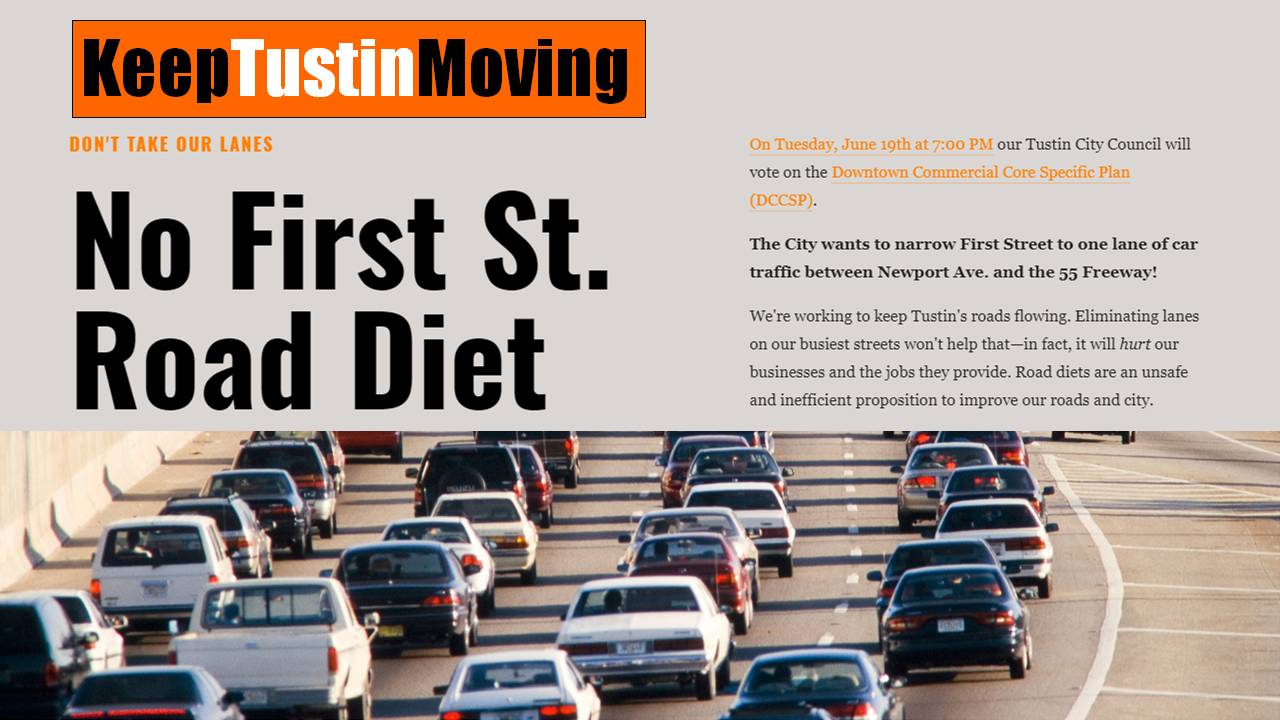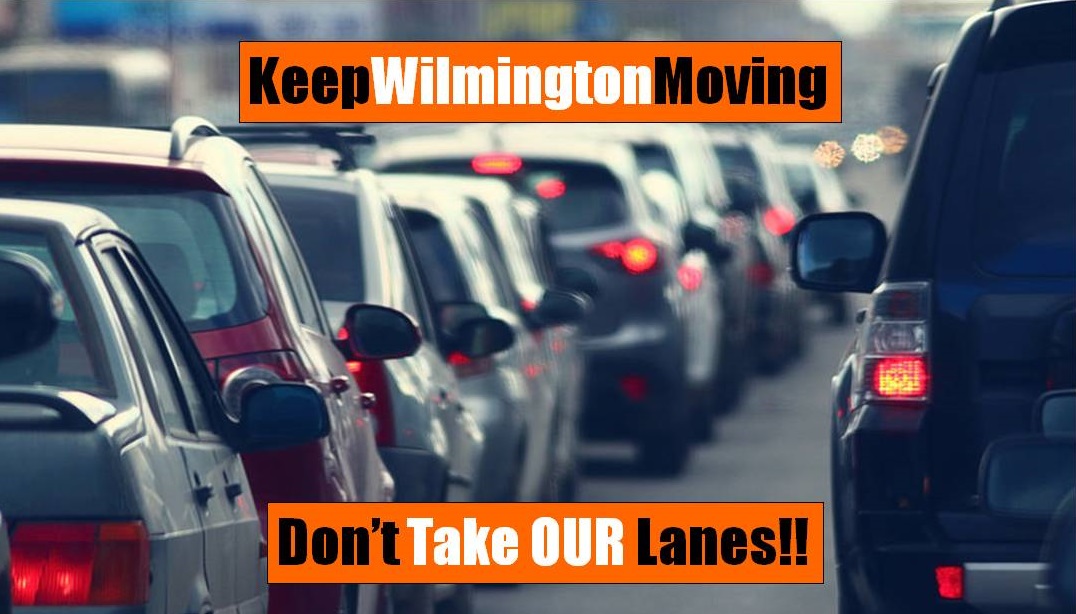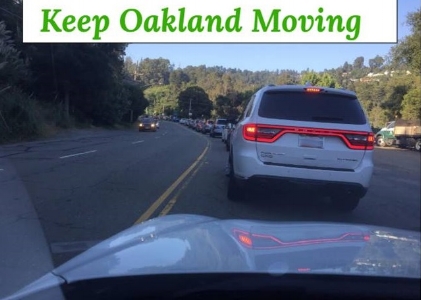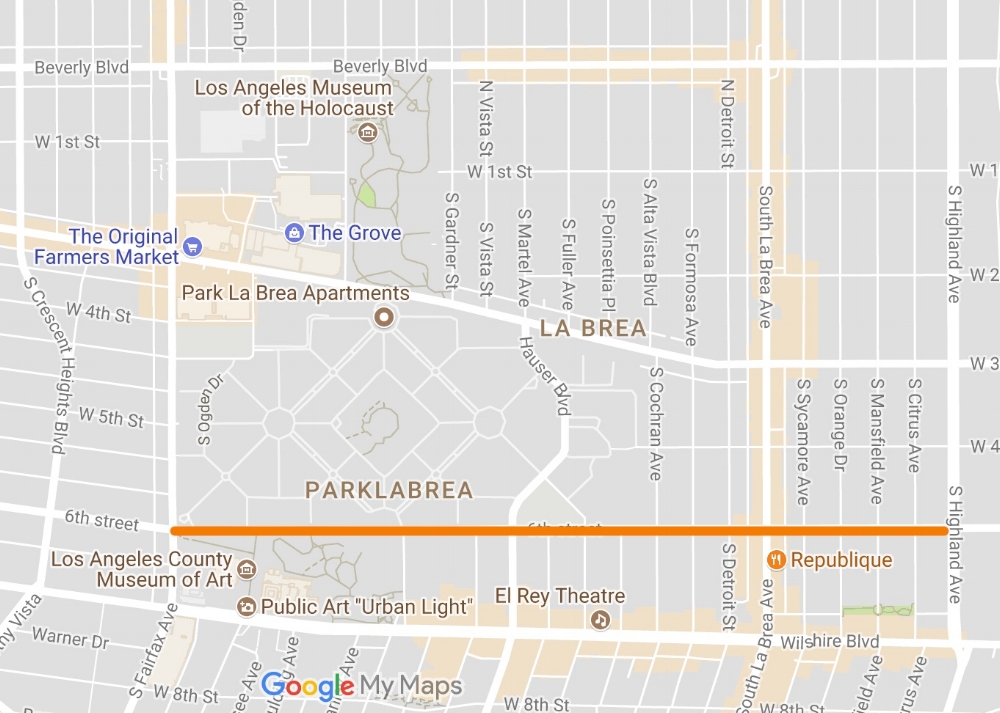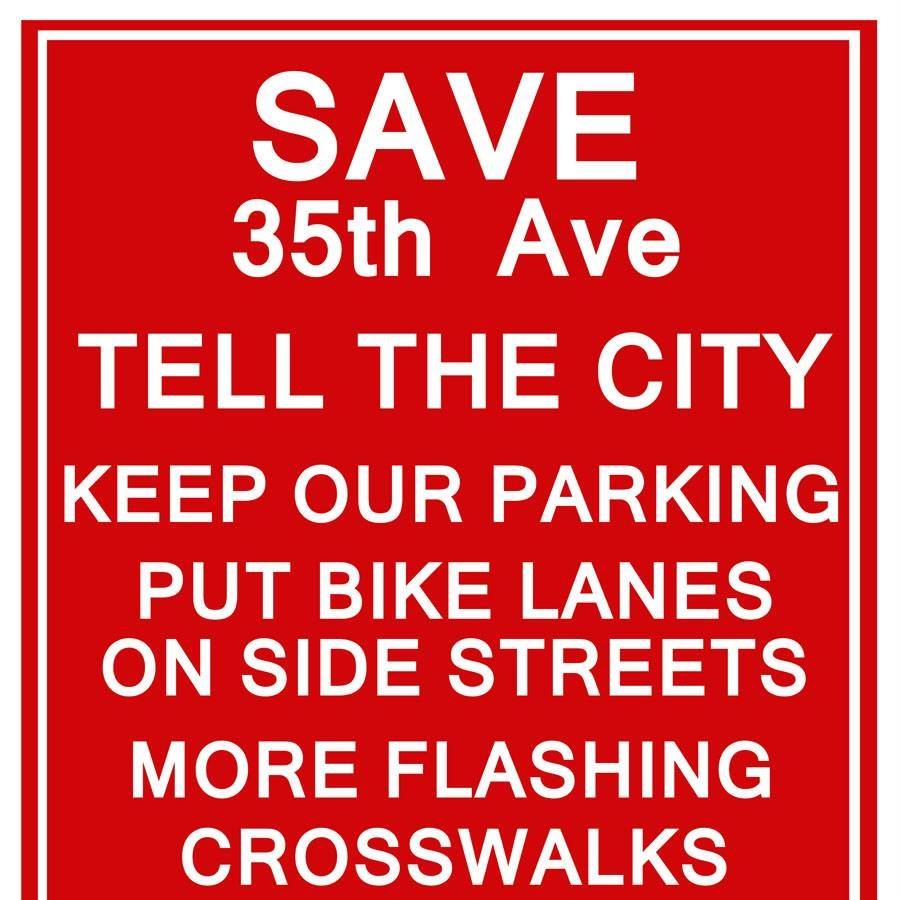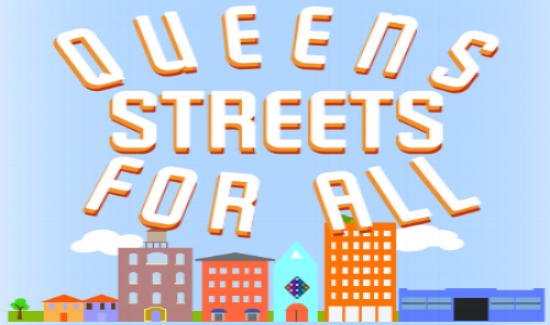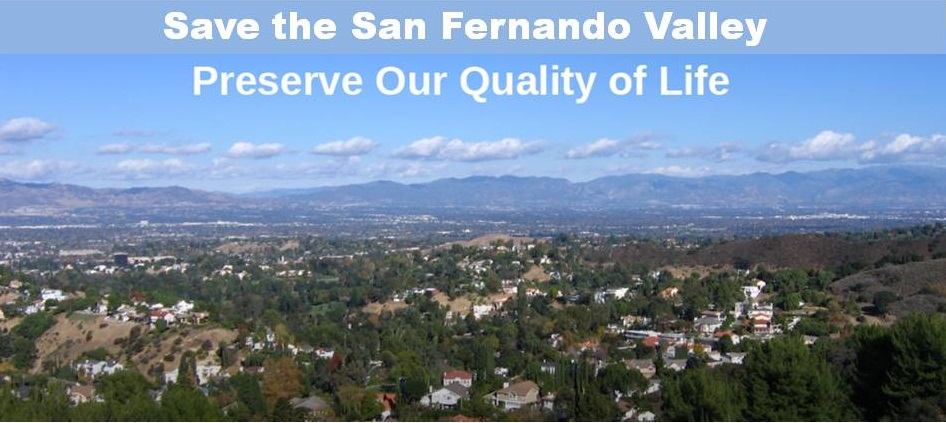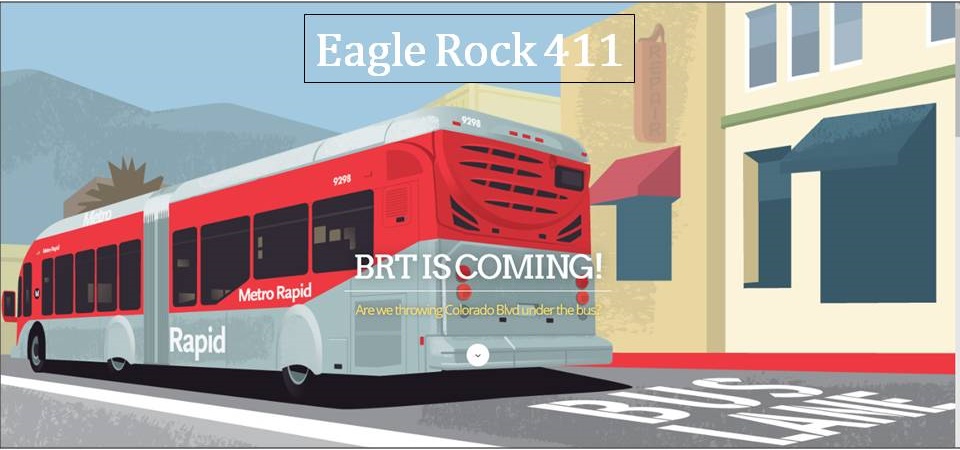welcome to keeplamoving!
we believe that all Angelenos deserve safe, sustainable, prosperous streets. we believe angelenos also deserve world class transit, bikeways, and pedestrian infrastructure. we believe that streets are for everybody — done intelligently and accounting for all relevant factors, most importantly public safety. that’s why we’re fighting against the city’s failed approach to traffic safety.
read on to learn what the special interests and politicians don’t want you to know.
FACT: L.A. HAS Tried “Vision zero” and “COMPLETE STREETS” FOR A DECADE. they’re DANGEROUS failures.
Fact: road diets on major thoroughfares make them less safe, while increasing traffic and emissions and hurting local businesses
it seems obvious: adding confusing new bike lanes, curb extensions, striping, bollards, reflectors, signage, and other features makes roadways more confusing and distracting — and therefore, more dangerous.
Why, then, is L.A. so aggressively pushing these projects from the north San fernando valley to wilmington and the port of L.A.?
In a word, these projects are all about Capitalism and the almighty dollar. The interests pushing these projects are among the biggest real estate developers and speculators, as well as big tech, big finance, and big nonprofits. They use inflammatory rhetoric and made up facts to persuade voters and officials that there’s an “epidemic” of pedestrian and cyclist deaths due to speeding cars, and that arterial road diets are the only way to make streets safer. Neither assertion is true. Safer bikeways often can be installed on adjacent, lower volume streets, making cycling more accessible for riders of all abilities without the negative effects on communities.
KeepLAMoving is spearheading the fight against lane removals on major thoroughfares as well as other misguided transportation policies. L.A. Metro officials are approving disastrous arterial road diets whereby car lanes on highly-used corridors are repurposed into bike lanes, bus lanes, even features like miniature parks. The results are more accidents, closed businesses, lost jobs, and gridlock.
bureaucrats, activists and special interests have a track record of misapplying data and making up facts to support the "cars are evil" narrative:
1. The Los Angeles Department of Transportation (“LADOT”) lied about traffic volumes on Pershing Avenue in West L.A.’s Playa del Rey neighborhood. They manipulated the expected outcomes of a planned road diet by ANALYZING fewer THAN 1/3 OF THE TOTAL ROADS “DIETED” (instead of looking at the overall impact of lane removals).
2. Similarly, LADOT included accidents on side streets and police “counter reports” to inflate pre-diet numbers on Benice Boulevard in Mar Vista.
3. LADOT and City of Los Angeles attempted to circumvent environmental regulations in Playa del Rey by claiming a public safety emergency. the city made changes that had no positive impact, created massive traffic, and ignored the LADOT’s own previous safety recommendations.
4. LADOT claims that road diets reduce collisions, but that’s only the case - sometimes - on roads with fewer than 16,000 cars per day. In cities across the country we’ve seen the annual collision rate more than double on major boulevards that are “dieted.”
5. Even when overall collisions decrease post-diet, fatal and severe injury accidents often remain flat, and sometimes INCREASE. We’ve seen this in Santa Monica, West L.A., and elsewhere. L.A. isn’t unique: Over the last decade “Vision Zero” road diets and other projects have led to increased fatalities in San Francisco, San Diego, Sacramento, and elsewhere.
6. Activists claim that cars are the #1 killer of kids under 14. In fact, motor vehicle deaths among kids 0-14 are very low (fewer than 5 per 100,000). Teenage car occupants (15-19) skew the data dramatically, rising to 26 per 100,000. Among accidental deaths for kids under 1, suffocation is by far the largest group at 66%. For children 1-4, drowning is the highest at 27%.
fact: by increasing congestion and stop-and-go traffic, road diets and other “Complete Streets” and “Vision Zero” projects on major arterials increase emissions and pollution, while causing motorists to burn more gasoline.
Traffic calming and road diets create congestion. This is beyond dispute: Cars idling in traffic and constantly stopping and going are operating at minimal efficiency.
They also produce far more particulate matter (PM) in the form of brake dust, tire wear, road wear, road dust, and wear and tear on cars’ moving parts.
Multiple studies have confirmed this common sense conclusion about the environmental harms caused by road diets:
A study of a road diet in the city of Grand Rapids, Michigan, found that overall emissions increased 19.8% during commute times. More Complete Streets mean more congestion and more motorists riding their brakes.
A 2020 study by the U.C. Riverside Department of Mechanical Engineering concluded that, “non-exhaust sources, including brake and tire wear PM, have become larger contributors to traffic-related emissions.”
Consider the irony: Even as tailpipe emissions become cleaner and cleaner Complete Streets, traffic calming, and road diets are causing spikes in non-tailpipe pollution (which, unlike tailpipe emissions, are not regulated).
There’s more: data shows road diets fail to make ARTERIALS safer, and often are more dangerous
To reiterate: Road diets don't belong on major commuter corridors. That’s according to the Federal Highway Safety Administration, the Complete Streets Design Guide, as well as every major study on such lane removals. Yet officials continue to push for them, falsely claiming they make streets safer. In Los Angeles, accident data from the California Highway Patrol’s Statewide Integrated Traffic Records System (SWITRS) demonstrates just how dangerous Mike Bonin's experiments have been for LA neighborhoods. Not only did accidents and injuries increase on Venice Blvd. in Mar Vista and the streets “Dieted” in Playa del Rey in 2017, but surrounding streets became more hazardous too with “cut-through” traffic.
Meanwhile, L.A. Metro plans to replace traffic lanes with bus only lanes
Highlights on this map show routes where L.A. Metro will remove vehicle lanes to make way for bus only lanes. Your neigbhorhood may not be impacted yet - it will be soon.
Map is from the “Los Angeles County Bus Rapid Transit and Street Design Improvement Study” final report, December 2013.
https://media.metro.net/projects_studies/brt/report_lacbrt_1-15-2014.pdf
NOW SOME NEXT LEVEL INSANITY:
Caltrans wants to road diet … a freeway?!
We used to joke that road diets on our freeways were the next step….well CalTrans is studying safety enhancements to the iconic Arroyo Seco Parkway that connects downtown Los Angeles with Northeast L.A., Highland Park, and Pasadena. The country’s first freeway is notorious for its narrow, sharp curves and short on- and off-ramps. Opened in 1940 it remains virtually unchanged and improvements are overdue and welcome. Problem is, CalTrans may solve one set of challenges by creating a whole new mess: Three of the four alternatives involve the partial or permanent removal of traffic lanes.
Using data KeepLAMoving has demonstrated beyond a reasonable doubt that road diets on main thoroughfares cause more accidents, make traffic worse, and hurt local economies. Yet CalTrans wants to double down and road diet a freeway. Scroll for more info, and to learn what you can do to fight for what we call safer, saner transportation solutions.
A historic image of the iconic Arroyo Seco Parkway (courtesy National Park Service)


